The appeal of Islamic State and al-Qaida ideology remains strong, and small numbers of followers in the West will seek to take up the sword. But the threat today is less menacing than it was in 2014, and policymakers should recognize that a partial success may be the best they will get, writes Daniel Byman. This piece originally appeared on ForeignPolicy.com.
Over four years ago, in June 2014, Abu Bakr al-Baghdadi proclaimed a caliphate in Iraq and Syria with himself as the caliph. His group, which he renamed the Islamic State to mark this momentous occasion, controlled territory the size of Britain and a population of 10 million people, dwarfing the accomplishments of al-Qaida and other jihadi groups.
By taking sex slaves, sponsoring terrorist attacks, videotaping the beheadings of hostages, and relentlessly pressing its case on social media, the Islamic State horrified and captivated the world. In the United States, fears of terrorism surged, helping propel the presidential campaign of Donald Trump. But that was then. Today, the caliphate is gone, with its last territory being conquered by U.S.-backed Kurdish forces. There is much to learn from the Islamic State’s initial success and its rapid downfall.
Holding territory is both a boon and a disaster for jihadi groups. On the one hand, the caliphate was a siren song to would-be jihadis, attracting tens of thousands of volunteers from the Arab world, Europe, and Central Asia. The group could tax the land farmers used and the products they grew and sold, exploit oil reserves under its control, and conscript young men to fight. These resources enabled it to build a stronger army and rake in millions of dollars each month.
At its peak, the Islamic State took in perhaps $800 million in taxes annually. Safe within the caliphate’s boundaries, Islamic State operatives could plan terrorist operations, such as the 2015 Paris attacks that killed 130 people, and coach and inspire other recruits to carry out attacks in their home countries. Perhaps most important, the caliphate fulfilled a jihadi raison d’être: governing a population under strict Islamic law.
Part of the reason for the caliphate’s initial success was that it was in the heart of the Arab world, and the civil war in Syria grabbed global attention, in contrast to more peripheral jihadi theaters like Somalia, Yemen, and the Caucasus. Even more important, jihadis in Syria enjoyed a high degree of freedom of action for the first years in the conflict.
In other countries, whenever jihadis gained traction at a local level after 9/11, the United States and its allies were there to back the government against them. In Iraq, Somalia, Yemen, and other countries, the jihadis exploited civil wars, but U.S. aid to those governments, drone strikes, and other measures pushed them back, contained them, and disrupted them. France played a similar role after jihadis took over much of Mali in 2012 and 2013.
In Syria, however, the genocidal and adversarial nature of Bashar al-Assad’s regime meant that Washington was not going to ride to its rescue. Indeed, for the first years of the war the United States looked more likely to bomb the regime than the jihadis, and then-President Barack Obama and allied leaders openly talked of Assad’s overthrow. Only when the Islamic State began massacring Yazidis and appeared on the march to Baghdad did the United States intervene.
And when intervention came, it was a disaster for the Islamic State, demonstrating the perils of holding territory. The Islamic State tried to defend its caliphate, and tens of thousands of its fighters died doing so, along with many of its operational planners and propagandists. They were brave and tenacious, and the caliphate did not collapse. It did, however, steadily recede, proving that even a well-resourced jihadi group is no match for the military might of the United States and its allies.
The Islamic State’s appeal is not gone, but it is diminished now that the group is no longer a winner that can boast about creating a state where God’s law reigns supreme. Western recruits such as Britain’s Shamima Begum and the United States’ Hoda Muthana, who left their countries to live in the caliphate and called for attacks on the West, are now pleading to return home.
Al-Qaida, the Islamic State’s bedfellow but archrival, has long recognized this tension. Osama bin Laden always saw a caliphate as an end goal but recognized that declaring it too early, before it could be properly defended, would simply offer a target for U.S. wrath. His successor, Ayman al-Zawahiri, was also cautious but publicly more sympathetic given the popularity of the caliphate among potential recruits. In 2019, it looks like bin Laden’s caution was wise.
To the surprise of many horrified by the Islamic State’s beheadings and the harsh nature of its rule, the caliphate often proved popular for those under its rule. As with al-Shabab in Somalia, al-Qaida in the Arabian Peninsula in Yemen, the Taliban in Afghanistan, and other groups, this popularity came not from its ideology but rather its ability to fulfill the most basic functions of government: providing law and order and offering a modicum of social services.
In his aptly named treatise The Management of Savagery, the jihadi strategist Abu Bakr Naji called for using terrorist violence to create zones of chaos in a country. Jihadi groups would then take over and win the exhausted population over with law and order. The Islamic State followed this blueprint. As one Islamic State policeman in Iraq claimed, “If we succeeded in delivering justice, we knew we would win the hearts of the people.”
Residents of cities like Mosul—those who did not flee when the Islamic State arrived—admit that the Islamic State’s draconian rule improved services such as providing electricity and fighting crime. Government engineers who often took their salaries but worked other jobs under the Iraqi government realized that showing up was the safer career move with the Islamic State in power. The Islamic State won over part of the population with this performance and was better able to extract resources as a result. As the memory of the Islamic State’s brutality fades and corrupt and inept local leaders resume rule, at least some Iraqis and Syrians will look back fondly on a time when the lights stayed on.
For the United States, such governance problems have proved the bane of its efforts to fight terrorism in the Middle East and beyond. Since 9/11, the United States has developed a vast and capable killing machine that regularly devastates the ranks of terrorist groups. What to do after the military strikes has proved far harder. Brutal warlords and corrupt regimes have created zones of chaos, and the United States has not found a recipe for replacing them with a strong, high-quality government that can keep order without U.S. involvement. In Afghanistan and Iraq, and probably now Syria, weak, corrupt, and inept local authorities enable local militant groups to return after defeat.
Yet such counterterrorism efforts are still worthwhile. From the perspective of terrorist groups, local conflicts are grinding, requiring constant resources and attention. The Islamic State and its offshoots in Libya, Egypt’s Sinai Peninsula, and other countries—like their al-Qaida counterparts elsewhere—are primarily fighting local governments or warlords, not the United States. Local allies may take little comfort, but focusing on international terrorism becomes far more difficult in these circumstances. These mundane local struggles are also less likely to excite the imagination of potential foreign volunteers.
The Trump administration, like the Obama administration before it, is wrestling with how to balance vigilance and triumphalism. Trump, being Trump, is erring on the side of triumphalism, boasting about the Islamic State’s defeat—to the consternation of the counterterrorism community, which wants to stay in Syria to keep the pressure on.
It’s appropriate to criticize Trump’s boasting as premature, but it is also important to recognize that the Islamic State has been hit hard and that the caliphate’s defeat marks a potential turning point. The foreign fighter flow has dried up, and the loss of territory makes it far harder for it to organize international terrorist attacks. The unusual circumstances that allowed the caliphate to briefly flourish may not soon recur, and it is unlikely that the Islamic State will soon revive at the same scale or that another front will emerge with the same appeal that Syria had.
None of this, of course, means the end of jihadi terrorism. The appeal of Islamic State and al-Qaida ideology remains strong, and small numbers of followers in the West will seek to take up the sword. But the threat today is less menacing than it was in 2014, and policymakers should recognize that a partial success may be the best they will get.
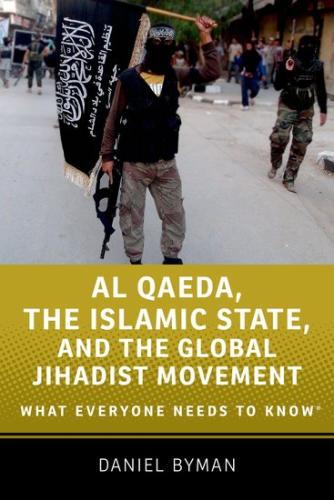
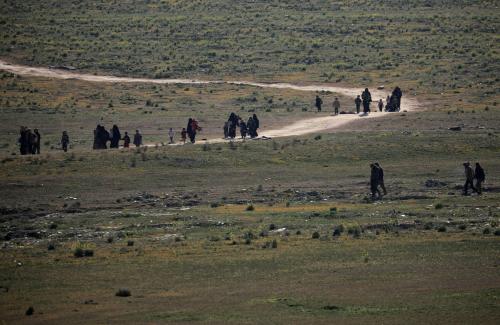
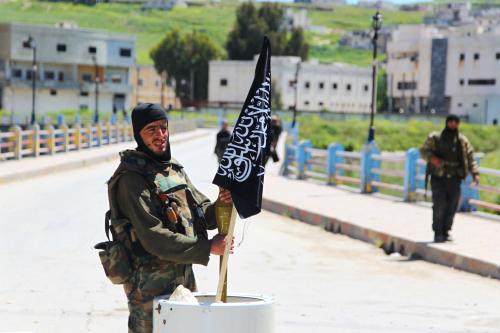

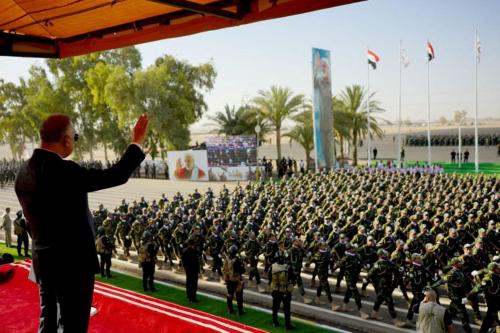

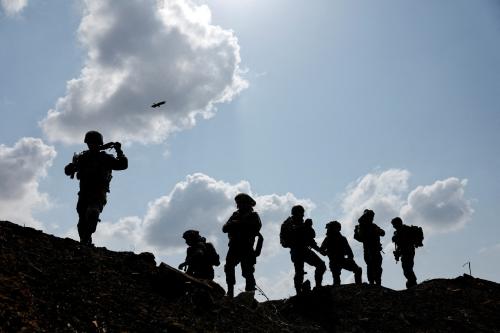
Commentary
What comes after ISIS?
February 22, 2019